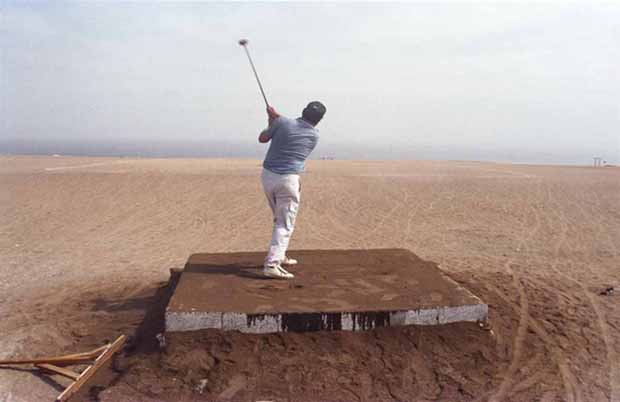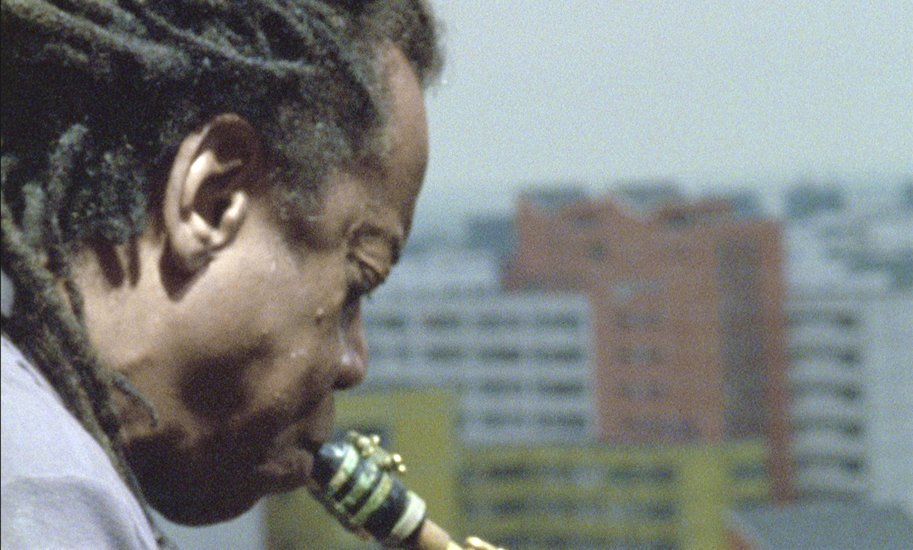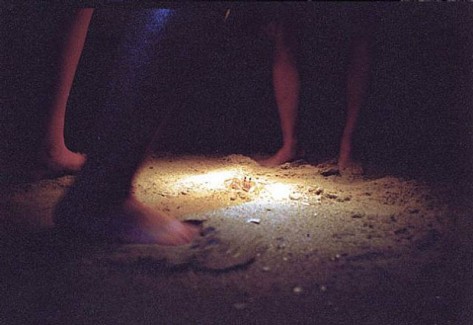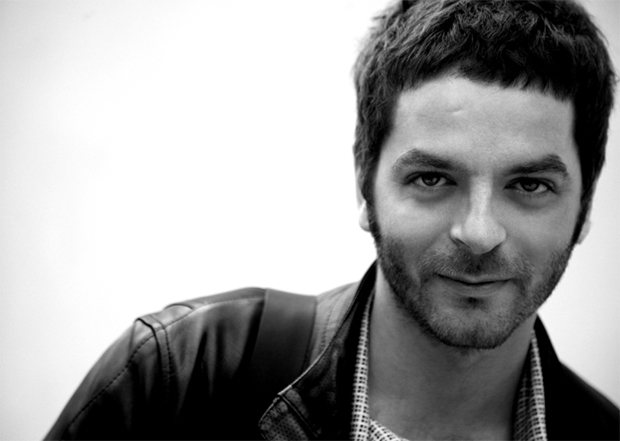
Why Anri Sala is France’s leading artist (again)
The filmmaker is ranked 'most influential artist' by the leading French publication Le Journal des Arts
Anri Sala isn’t an easy artist to understand; the 40-year-old, Paris-educated photographer and filmmaker is a revered, though slightly opaque figure within the contemporary art scene. Sala creates works that examines recent history, music, society and politics. Yet his films and images are wilfully obscure, working around the edges of language and direct communication, and never simply instructing the viewer.
Or, as the Tate’s Mark Godfrey puts it our monograph, Sala’s work “expresses and creates uncertainty through its openness to enigma. Offering no escape from the political, Sala’s enigmatic films, videos and photographs courageously refuse the easy and quick meanings supplied both by the worldwide media and by so much contemporary art.”

So, why would such an artist take the number one slot on the Artindex France, three years in a row? This top 100 chart, compiled by Le Journal des Arts, ranks French artists according to their cultural importance, based on their number of solo exhibitions and the venues hosting the shows.
This year’s list is the third one Sala has topped, and, given Artfact’s criteria, Sala’s position seems justified, despite him being born in Albania. He represented France at the 2013 Venice Biennale, and has been the subject of high-profile exhibitions the Art Institute of Chicago, the Tel Aviv Museum of Art and the Haus der Kunst in Munich.

Indeed, this worldly exhibition schedule suits Sala’s images and films, which engage with Mexican architecture as easily as Senegalese dialects and American jazz. It is not hard to see how curators across the globe warm to his work. Yet it’s also not very hard to see why audiences like him too, as despite all the difficulty, Sala manages to make works that are beautiful and engaging, even if they do not lend themselves to any immediate, obvious interpretation.

In his Ghostgames video from 2002, Sala chased nocturnal light-sensitive crabs around a North Carolina beach with a torch; in his Mixed Behaviour film from 2003 he appeared to syncronise a rain-sodden DJ set with New Year's Eve fireworks celebration lighting up the sky of Tirana; in Long Sorrow a free-jazz saxophonist plays just outside the window of the uppermost apartment in Berlin towerblock. They're beguiling visions, though ones that can't be crunched down to a simple CliffsNotes summary. They're works that, as Sala said about Long Sorrow, are more about "feeling through perception, not through logic or knowledge." And, perception is something that every gallery-goer has to some degree.
As the artist himself once said, some of his works explore “the possibility of having a more intimate relationship to a larger world”. For Sala, it’s a relationship the larger world reciprocates.

For more on Artindex France, go here. Meanwhile, for greater insight into Sala’s life and work buy a copy of our definitive monograph, which also features contributors from Hans Ulrich Obrist and Liam Gillick here. You may be interested to know the survey also places the great Christian Boltanski at number three.